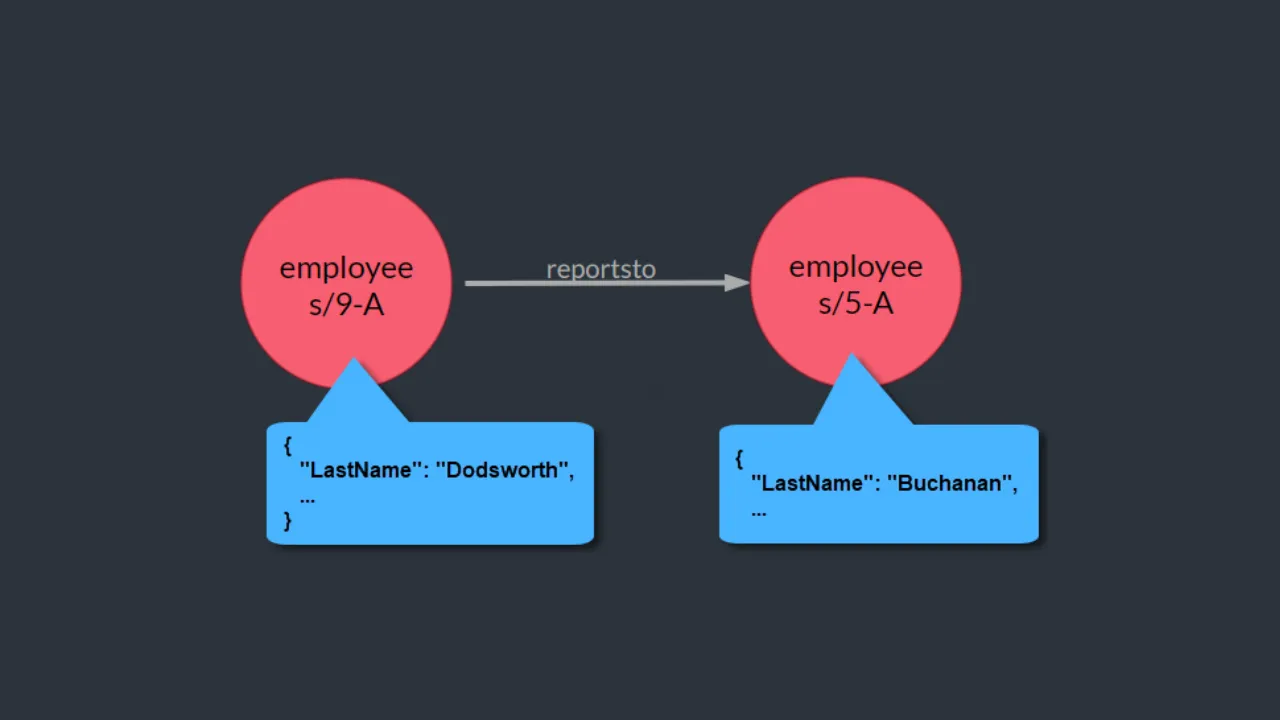SQLite like you have never seen it before
FactEngine (www.factengine.ai) is an initiative to radically change the way people look at databases. The essence of the initiative is to reveal how all databases can be viewed as multi-model databases (graph or relational). As the first of its kind it is hard to talk of the science without referencing the initiative. But let’s get to the science…
Dedicated Graph databases are somewhat famous now for working under/over a property graph schema, which looks like the following:
The schema above is what is known as a directed graph schema, where a relationship such as Lecturer is in School is pictorially shown an arrow-directed **_edge (or graph) _**connecting the nodes Lecturer and School.
Manufacturers of dedicated graph databases would have you believe this type of modelling and associated graph query languages are the purview of those dedicated graph databases. This is only true if you want it to be and don’t have the tools to visualise your database as a graph database or a relational database.
Relational databases are traditionally bound to a schema pictorially represented as an Entity-Relationship Diagram, as below:
What you sometimes want is to be able to query a relational database as if it were a graph database to make life easy.
Let us say we want to view everyone that a fictional lecturer likes using our extant schemas. We should be able to query the database with a simple graph query as:
Our query, (Lecturer:’Alexandria’,’Archer’) likes WHICH Lecturer , returns one result, Steven Hollows.
#multi-model-database #graph-database #object-role-modeling #relational-databases #recursive-graph-queries
